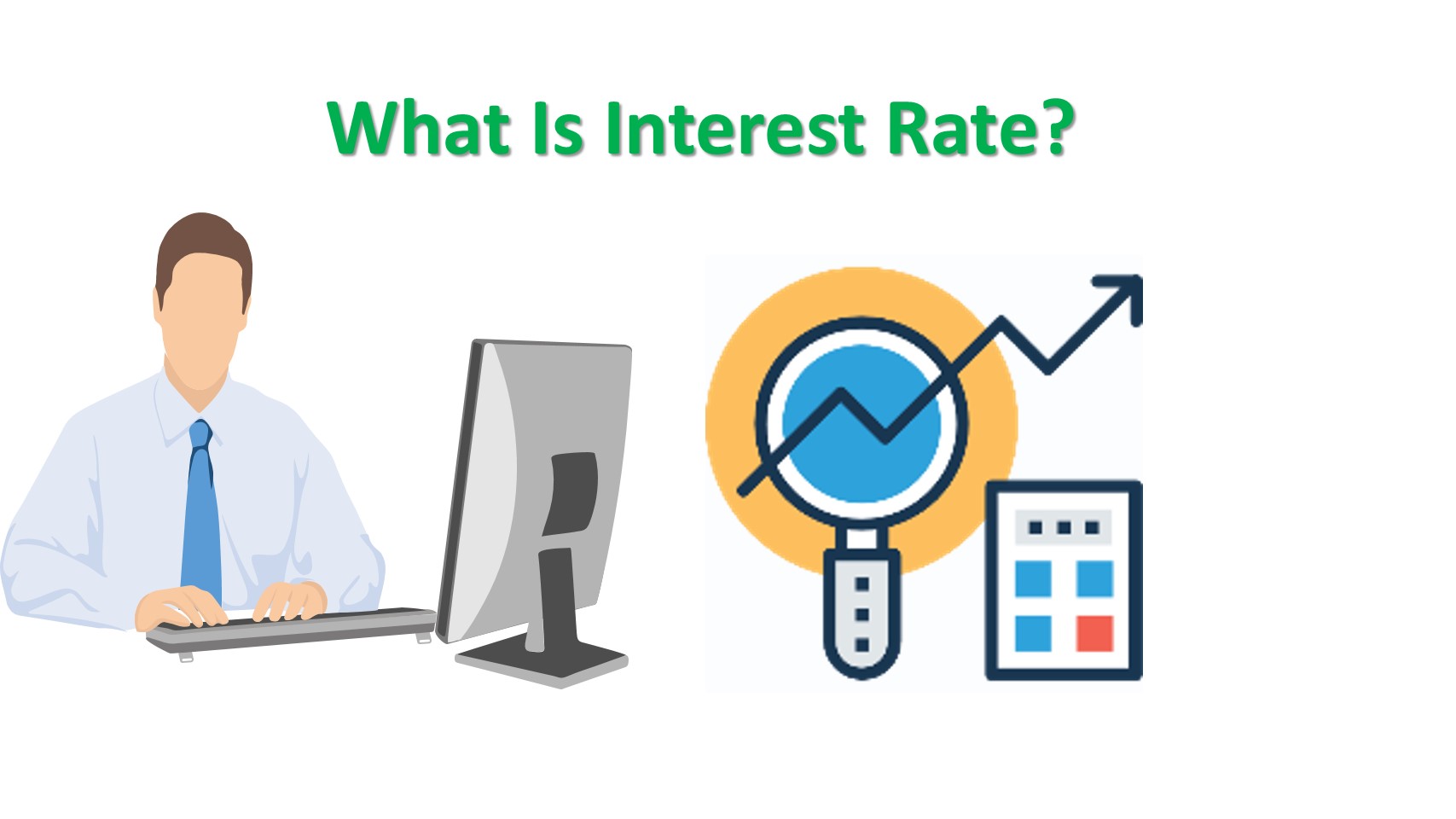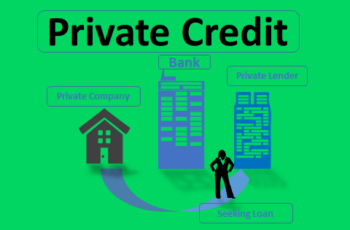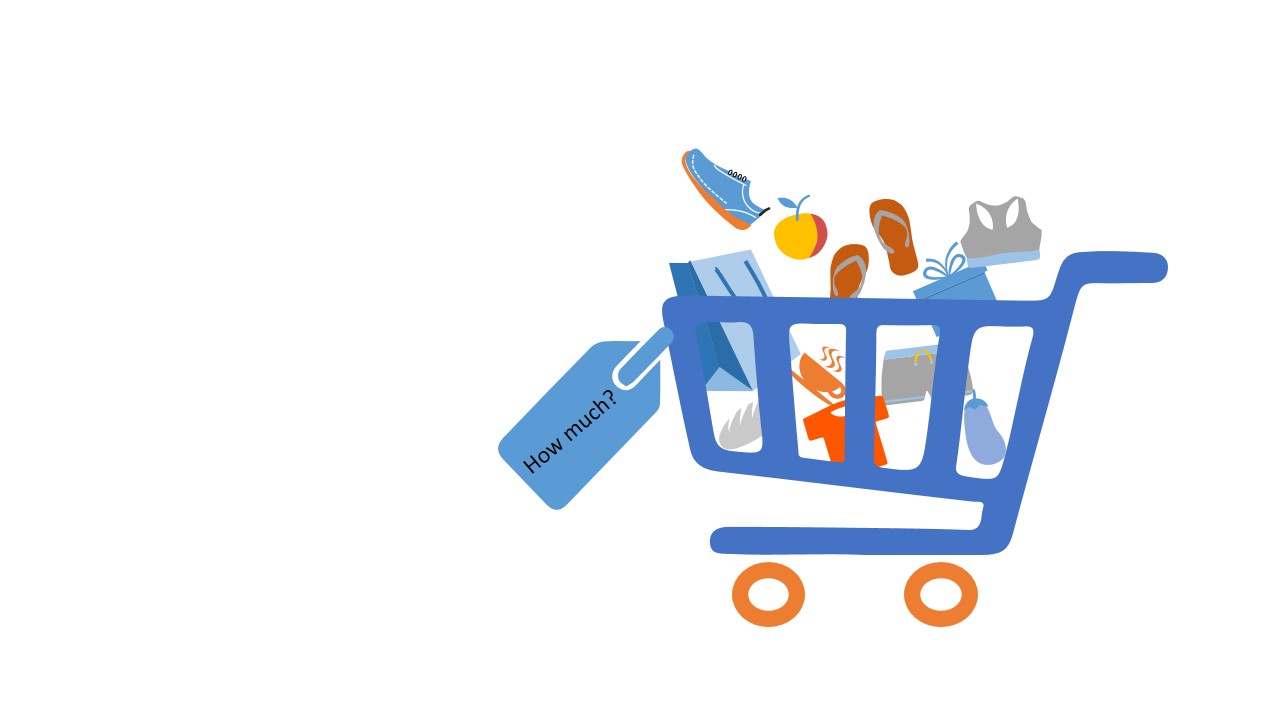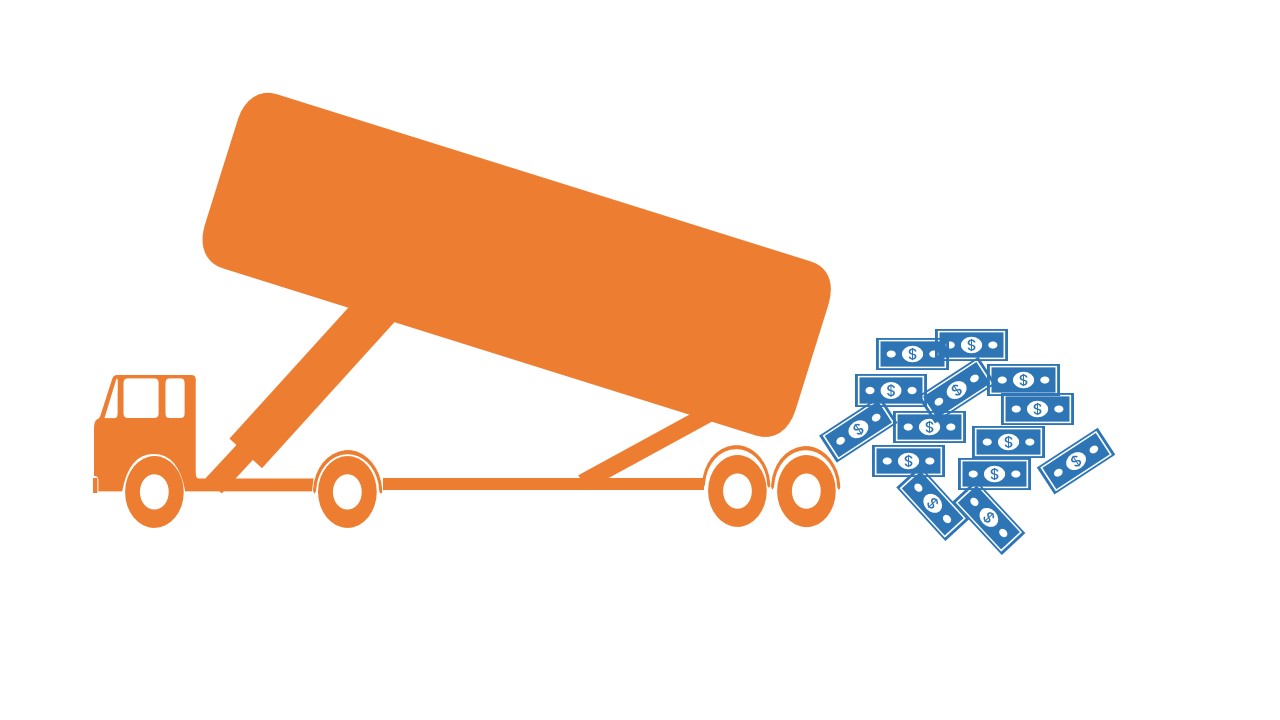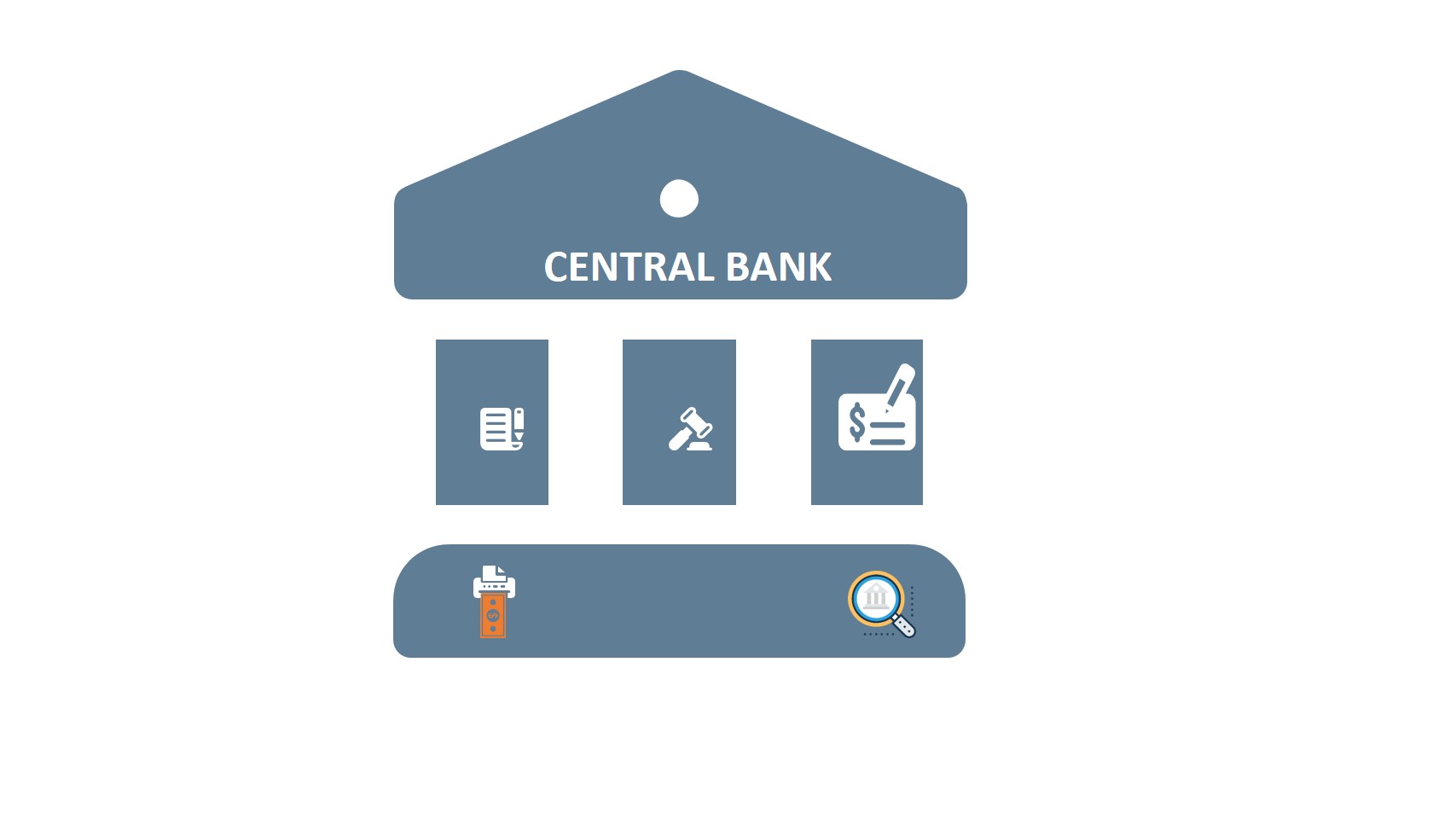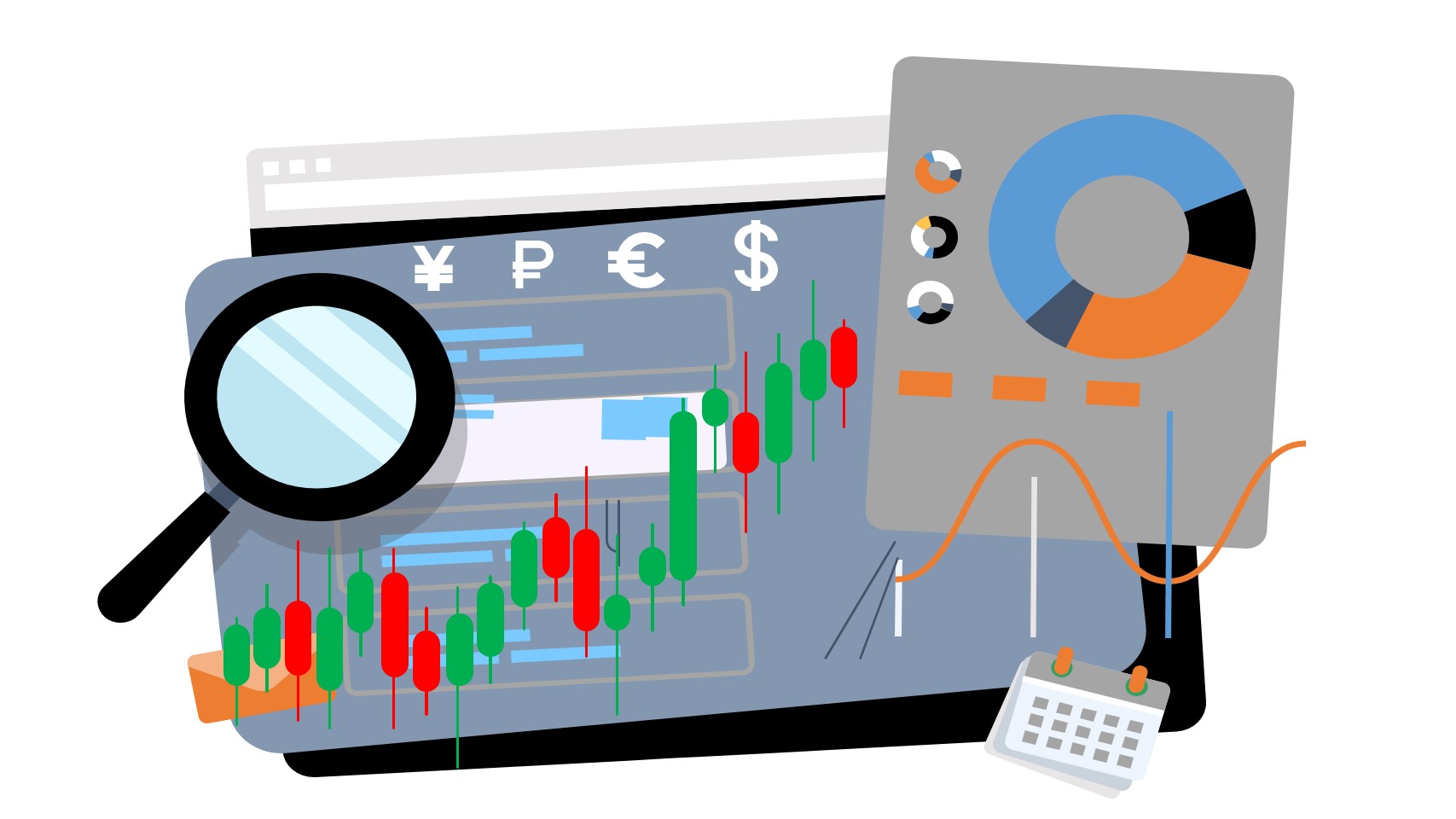A central bank balance sheet like other institutions consists of assets and liabilities. It has different names in various nations. But the most common names are Reserve Bank and Central Bank.
A central bank is a bank that manages the national currency of a country or a monetary union. Unlike a commercial bank, a central bank’s job is not to make a profit but to regulate, plan and make policies regarding money issues such as interest rate, money supply, monetary policy, and exchange rate.
Read more: How Do Banks Make Money And What Are They?
Here are the central banks of some largest economies in the world:
| Country | Name of currency | Name of its central bank |
|---|---|---|
| United States of America | Dollar | Fed Reserves |
| European Union* | Euro | European Central Bank |
| China | Yuan or Renminbi | People’s Bank of China |
| Japan | Yen | Bank of Japan |
| Germany | Euro | German Federal Bank |
| India | Rupee | Reserve Bank of India |
| United Kingdom | Pound Sterling | Bank of England |
| France | Euro | Bank of France |
| Italy | Euro | Bank of Italy |
| Canada | Canadian dollar | Bank of Canada |
| Brazil | Real | Central Bank of Brazil |
| South Korea | Won | Bank of Korea |
| Russia | Ruble | The Central Bank of the Russian Federation |
| Australia | Australian dollar | Reserve Bank of Australia |
| Swiss | Franc | Swiss National Bank |
Central Bank Balance Sheet Accounts
The central bank balance sheet accounts like a company consists of assets, liabilities, and equities.
Every central bank represents its balance sheet accounts in its own way. However, the Swiss National Bank reports like the balance sheet of companies which are easier to understand.
So, first, we use the Swiss National Bank’s balance sheet as a guide to understanding central bank balance sheets’ accounts. In the end, this article also introduces you to the Fed Balance Sheet and the European Central Bank Balance Sheet to help you understand better.
Not to forget, in all balance sheets including the central bank balance sheet, assets = liabilities + equity.
Here is how a balance sheet looks like.
Assets
An asset is anything that can produce value, such as building and cash. An asset that lasts over one year is called a fixed asset like a building, and an asset that can be converted into cash or used in one year is called a current asset.
Here are the assets of SNB as of 31 December 2022:
The above screenshot shows all of the Swiss National Bank balance sheet’s assets. Let’s clarify the these accounts from top to bottom of the page.
- Gold holding: A gold holding/reserve is the gold kept by a central bank, intended mainly as a support to build trust in the national currency and use it on unexpected bad days.
- Foreign currency investments: Foreign currency investment is the same as Forex reserve. A central bank invests in foreign currencies to stabilize and maintain confidence in the national currency.
- Reserve position in the IMF: It is the SNB’s position in the International Monetary Fund that can withdraw without agreeing to any conditions or paying a service fee.
- International payment instruments: International payment instruments include checks, warrants, traveler’s checks, money orders, and so on that are not converted to cash yet.
- Monetary assistance loans: Loan payment to financial institutions that need help.
- Claims from US dollar repo transactions: Repo means a repurchase agreement that is a short-term secured loan. In this type of agreement, one party (ex: a private bank) sells liquid financial assets such as government bonds to a central bank and agrees to buy at a higher rate. The financial assets are in reality collateral for the loan. This account is about the repo claim in the United States Dollar (USD).
- Claim from Swiss franc repo transactions: This repo account is the SNB’s claim in the Swiss franc.
- Swiss franc securities: Securities that are priced in the Swiss franc
- Secured loans: Secured loans are those debts that have collateral. In case of payment failure, the collateral will be liquidated based on the agreement between the parties.
- Tangible assets: Those assets that you can touch are tangible assets such as buildings and furniture.
- Participations: Participations are those loans that providers are more than two or more parties.
- Other assets: Other assets that worth small and is not important to list separately.
Liabilities & Equity
Liability is what a firm owes, such as bills payable, salaries payable, and rent payable are examples in corporations. In the balance sheet of a central bank, banknotes in circulation, commercial bank deposits, and reserves are its main liabilities.
The above screenshot shows all of the Swiss National Bank balance sheet’s liabilities and equity. Let’s clarify them.
- Bank notes in circulation: This account represents all paper money and coins issued by the SNB.
- Sight deposits of domestic banks: Sight deposit is similar to demand and current deposits. Domestic banks hold sight deposits to satisfy minimum reserve requirements, for payment transactions, and as liquidity.
- Liabilities toward Confederation: Switzerland is a confederation that is similar to the federal. The SNB is also the banker to the Confederation. So, the Swiss National Bank (SNB) keeps sight deposit accounts in Swiss francs and foreign currencies for the Confederation.
- Sight deposits of foreign banks and institutions: Foreign banks open sight deposits for transactions with the Swiss National Bank and maybe for custody.
- Other sight liabilities: This account represents other liabilities that should be paid upon request.
- Liabilities from Swiss franc repo transactions: This account is the SNB’s liability because of the repo agreement.
- SNB debt securities: Debt securities issued by the SNB.
- Other term liabilities: Other term liability accounts that do not have a separate account in the balance sheet.
- Foreign currency liabilities: Foreign currency amount that the SNB owes other parties.
- Counterpart of special drawing rights (SDR) allocated by the IMF: According to IMF, “In a general allocation, the IMF distributes SDRs to member countries in proportion to its quota shares in the IMF, reflecting their economic standing in the world economy.” And the Counterpart of special drawing rights (SDR) allocated by the IMF is a liability for the Central Banks.
- Other liabilities: Other liabilities that are not significant.
The following are equity accounts
- Provisions of currency reserves (before appropriation of profits): Central banks can make a profit. And each year a certain amount from the annual results is allocated to the provisions for currency reserves that function as a general reserve and a buffer against risks such as risk of valuation losses on currency reserves.
- Share capital: The share capital of the SNB is fixed which is CHF25 million.
- Distribution reserve (before appropriation of profits): Distribution reserve is a form of profit carried forward that can be positive or negative.
- Annual results: The SNB uses results in the income statement instead of revenue, appreciation, and depreciation of its investment. The annual result is the income before allocation to provisions for currency reserves. This account can be positive or negative. Like the retained earning, the annual result is part of the equity.
- Total Equity: It is the sum of all equity accounts.
- Total liabilities: It is the sum of all equity and liabilities.
The Federal Reserve Balance Sheet
The Fed Reserve, also known as “The Fed” and “The Fed Reserve,” is the central bank of the United States of America.
Compared to the SNB, it is easier to grasp the condition of the Fed Balance Sheet visually (see below image). However, to understand component accounts, you need more work. Use the drop-down menu and the left side to understand the Fed Balance Sheet in detail.
As you can see, the Fed Balance Sheet has ups and downs. Continue reading. We say what it means for the economy and the stock market.
I recommend you visit the official page of the Fed Balance Sheet and study as much as you can.
Central Bank Balance Sheet of the ECB
The European Central Bank releases its balance sheet in the simplest form among others. It provides an interactive chart as well as a table.
As you can see on the chart, the balance sheet of European Central Banks has a positive slope, becoming larger and larger over time.
What Does the Size of Central Bank Balance Sheet Say?
A central bank is one of the most powerful institutions in a nation. So, its balance sheet size does matter a lot.
A central bank tries to maintain economic stability and manages the monetary policy and currency of a nation like the USA or a Union like the EU area.
Investors and traders pay close attention to the central bank’s operation by looking at its balance sheet accounts.
These accounts play economic indicator roles, and investors use them for predicting the Forex, stocks, and other financial markets.
When a central bank injects money into the system, inflation is expected. As the economic principles say, when demand increases the price increases and vice versa. It is true for money too. When the money supply increases, its value increases which mean inflation. And when the money demand (desire of holding money) increases, the price will decrease which means lower inflation.
When central banks want to manage, for example, a recession period, they intervene in the money supply and demand by trading financial assets. This operation became more important since the 2008 recession when central banks started buying ETFs and other financial assets to intervene in the stock market.
So, what should be the size of a central bank balance sheet?
A larger central bank balance sheet means more liabilities and a higher money supply. Moreover, a larger central bank balance sheet means more control and intervention in the economy, which is a bad sign. On the other hand, a small balance sheet means there is more stability in the economy, and the central bank has more tools to intervene in the economy in bad times. Thus, a smaller central bank balance sheet is better than a larger one.

